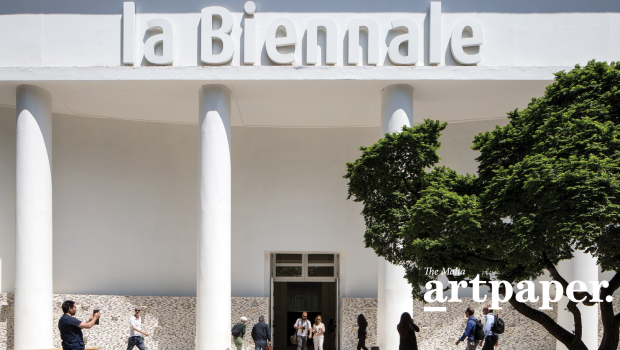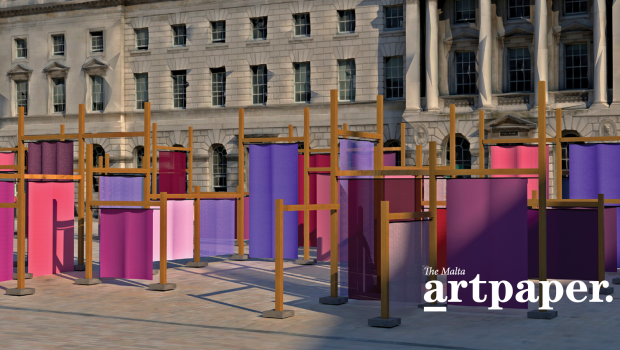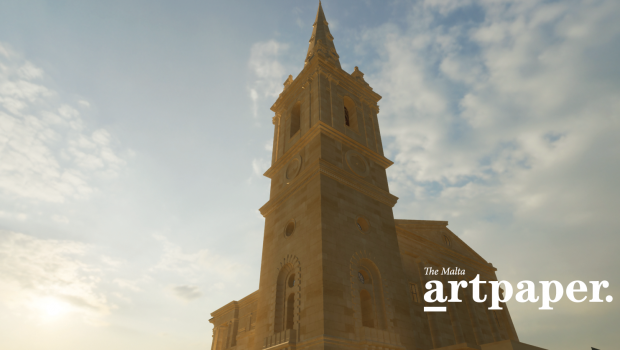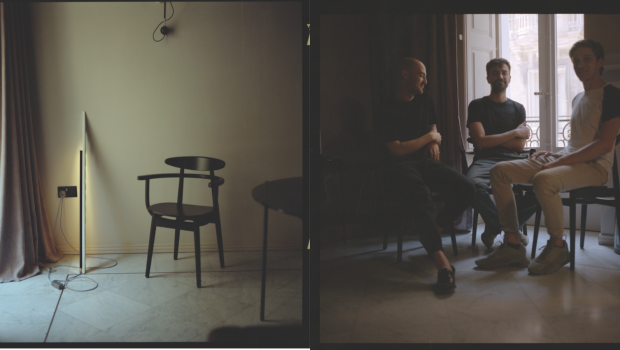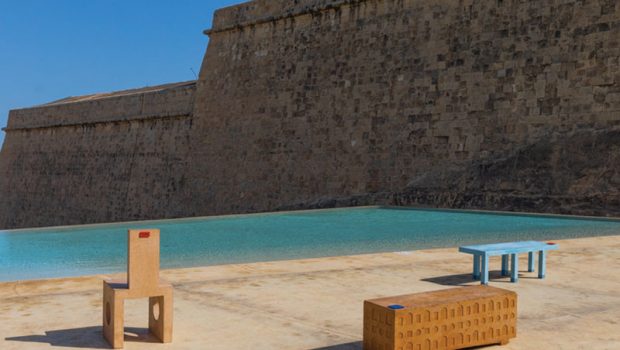Opportunities of a Post Pandemic City
Time to re-awaken our spatial imagination and question design’s priorities

A great number of traditionally sleepy (if not embalmed) European city centres are currently witnessing radical changes that seemed almost utopian just a few months ago in the world before Covid-19. Administrations have promptly accelerated the pace of their urban reforms in an exceptional effort to adapt to post pandemic scenarios. Earlier this year Milan announced an ambitious scheme to transform 35km of central streets into permanent cycling and pedestrian priority areas to protect its citizens as Covid-19 restrictions are lifted. Meanwhile Parisians have re-elected climate change champion Anne Hidalgo as their mayor. As part of her manifesto, Hidalgo plans “to turn the French capital into a myriad of neighborhoods where you can find everything you need within 15 minutes from home” – obviously, accessible on foot. The so-called ‘15 minute-city’ has also been promoted by starchitect Stefano Boeri, presented as one of his nine key strategic actions for a post pandemic ‘Italian renaissance’, at the ‘Stati Generali’ national consultations. Amsterdam has gone even farther, announcing that a new economic model, based on Raworth’s Doughnut Economics, will be adopted in order to mend post Covid-19 economy in a truly sustainable way, both environmentally and socially.
What all these measures have in common is the questioning of pre-Covid urban priorities, mostly revolving around the use of private cars, the hegemony of historical city centres and the maximisation of corporations’ commercial profits. The car has been one of the main parameters for the organisation of urban spaces since its appearance and, in this moment of general crisis of the status quo, it has automatically been among the first to be questioned: the pandemic emptied the streets and car parks and, especially during the first days of lockdown, the splendour of car-free squares was rediscovered by us all – like sleeping beauties freed from the spell of a globalised, consumerist and car-dependent lifestyle, waking up to a world we had almost forgotten about. The possibility of breaking the spell permanently is real, like the proposals of so many cities demonstrate.
The opportunity to dismantle the hierarchy of urban centralisation, traditionally focused on the privileged (and, in the case of many historical cities like Valletta, the disneyfied) city centres, is also a great starting point for testing new models of economic growth based on flexibility, cross-programming and self-sufficiency.A democratic decentralisation process would make the ‘15 minute-city’, in which each neighbourhood or small town aims at emancipating its residents from the dependency on the city centre or bigger town, viable. It would also contribute to regenerating peripheral areas that are very often taken over by cars in an organic way.
In the process of re-imagining the city as a network of self-sufficient neighbourhoods connected mainly by public transports and green corridors, architects and urban designers will need to re-imagine their own role too, prioritising aspects of the profession that transcend the technical and the commercial. As prominent architecture theorist Jeremy Till recently said in an online lecture for the ‘100 Day Studio’ series of the Architecture Foundation (available on YouTube and highly recommended to everybody) – architecture is, and has always been, a manifestation of society’s progress and growth; these two parameters require dramatic confrontation due to the current health emergency, and the climate emergency before that. Architects and urbanists therefore need to firstly investigate what the new parameters that will, or should, define us and our built environment are: the number of cars that our cities can accommodate or the capability of our country to offer temporary shelter to people in need (be they Covid front-liners or migrants)?
Alternative scenarios are possible and it is crucial to explore them now, through a collective effort of imagination that will prevent us from regressing to where we were.

